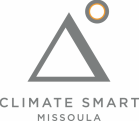|
By Amy Cilimburg and Mary Sullivan
For a week in July we were out in our community, with our partners, for our 2nd annual Wildfire Smoke Ready Week, spreading the word about what we can all do to stay healthy when smoke rolls into our valleys. This year, our cool, wet start to summer means we’ve yet to see smoke from local fires, but with our geography, smoke from afar makes its way into our airshed. Our summer, regionally, is also heating up and drying out fast. With whiffs of wildfire smoke this week, now is the perfect time to get ready. This post follows an earlier piece in the Missoula Current series (here) - with Trivia! Usually community members are the ones asking us the questions this week - and thanks to all we’ve learned over the past few years, we’ve plenty of answers. This year, we thought it would be fun for us to ask you the questions. This past Wednesday at Imagine Nation Brewing, we tested our community’s knowledge of all things smoke-related at our first-ever Wildfire Smoke Trivia Night. The "Hotter Every Year" team sneaked out the win for some great prizes (INB beer + filters). The "Smoldering Ash Holes" won ice cream for the best team name! Here are a few of the questions that stumped the crowd - Can you guess correctly? (Answers at end).
If those questions left you feeling unsure about your smoke-smarts (or feeling like high school human biology class might as well be the ancient past), fear not! It’s never too late to become an expert! Read on and click through the links for more. You too can dazzle your friends at your next cocktail party or BBQ, and you’ll feel confident you know what to do if and when the smoke descends. If you know Missoula County Air Quality Specialist Sarah Coefield, you know she’s a woman of many, many words, and this week she’s written five(!) brief articles with what you need to know to prepare for smoke. We have them all in one place - visit WildfireSmokeReadyWeek.org for these great posts:
And to keep with the Q&A theme, we have these simple tips: Q: How do I know how bad the air is? A: Bookmark todaysair.mt.gov, check it, and learn the air quality rules of thumb. You can also visit fire.airnow.gov to see smoke data across the country. Q: What’s the best way to create clean indoor air when it’s smoky outside? A: Purchase a HEPA portable air cleaner (PAC) or build a DIY fan + filter combo Q: Can I go outside when it’s smoky? A: Reduce time and avoid intense physical activity outside. Q: What else can I do to help myself and others when it’s smoky? A: Check in on your friends and neighbors and support our community. This last Q&A is critical. Smoke can have real mental health impacts, as well as physical. And with a longer, more severe wildfire smoke season thanks to climate change, there’s the double whammy of worry. When we feel overwhelmed it can help to look for ways to be a part of community efforts. This summer we encourage you to:
Wildfire Smoke Ready Week is brought to you by Missoula City-County Health Department, Climate Smart Missoula, United Way of Missoula County, Missoula County Sustainability, Missoula County Office of Emergency Management, and Missoula County Fire Protection Association.. We are grateful to everyone who is a a part of Wildfire Smoke Ready Week and this community. Answers:
1 Comment
And the right to protect all from the existential threat of climate change.
We at Climate Smart believe in building a livable, safe future for all. The world we're working to build every day is one where the great diversity of humanity and the ecosystems on which we depend don't merely survive, but thrive. That's why we can't ignore issues of human rights, equity and justice that deeply impact all of us - especially those who have been historically excluded and oppressed, or are already most vulnerable to the dangers of an unstable climate. As individuals whose own bodies and choices are affected by the ruling on reproductive rights, our team grieves how our siblings across the country will be impacted, both immediately and in the long term. Our fight for a climate-safe world is interwoven with the fight for protecting the rights of individuals and communities to determine their own futures. We are intimately aware of how recent Supreme Court rulings threaten those rights, particularly for women and for tribal communities. And with today's devastating ruling gutting the EPA's key tool for cutting carbon emissions, the uphill climb to solve the climate crisis just got steeper. (We'll share more thoughts on this soon.) As we wrote in our Sustainable Missoula column recently, with so much going on in the world it's easy to feel disconnected and despairing. The antidote is to become agents of connection everywhere we go: calling out the ways climate and justice issues intersect; finding solutions that build a healthier AND more equitable planet; and building the political will and solidarity as a wider community to advocate for transformative change. We're committed to this work long term, and hope you'll join us. Abby & the Climate Smart team Like you, we've seen the stunning, heartbreaking footage of unprecedented flooding across communities in Southwest Montana this week, which has caused severe damage, stranded residents and visitors, and disrupted lives and livelihoods.
The sharp jump in water levels along the Yellowstone and other rivers was caused by a rain-on-snow event, as a sequence of cool temps, snow, and rain combined with spring snowmelt to inundate waterways. Climate has to do with patterns over time, so it can take a lot of data to establish a particular weather event or disaster was caused by the climate crisis. But there's no doubt that the fingerprints of the climate crisis are all over this flooding. Excess heat in Earth's climate system is disrupting weather patterns and the water cycle, causing greater variability of precipitation and earlier snowmelt (the 2017 Montana Climate Assessment's chapter on water has a good summary of water-related climate impacts we can expect to see more of). Even as I write this, there's a gap between my desire to describe and make sense of what's happening, and the emotions it stirs up. For all its value, the cautious, nuanced language of science often feels so inadequate in the face of the raw and painful human and ecological costs of climate disasters. Already this year, we've seen severe drought plaguing much of eastern Montana, widespread heatwaves in the Southwest and Southeast U.S., and wildfires across the West. And it's only June. So, how can we respond? Here are some suggestions, and as always, we'd love to hear your ideas and thoughts too - just hit reply to this email. Help those impacted. We're aware of several relief funds that have been established to support Montana communities recovering from flooding; do contribute if you're able. Talk about the climate crisis. It's critical that we connect what's happening around us with the climate crisis. A warming climate loads the dice, increasing the odds of these kinds of once-infrequent (or unprecedented) disasters happening. The more we can help friends, family and colleagues understand that the climate crisis is not some future possibility but is here now, the more we can grow the movement for urgent action to avoid the worst impacts. Do offer suggestions for being part of solutions, too; this can help avoid getting stuck in feelings of anxiety or overwhelm. Resolve to stay engaged, and take care of yourself. News and images of destruction can be hard to take in (and that much harder for those who have personal connections to places that are impacted). And it's not as if the world otherwise is hunky dory! An epidemic of gun violence, racism and hate crimes, housing and economic precariousness, threats to our democracy...there's plenty to be worried about, and it can feel overwhelming. Take the time you need to grieve losses, reconnect with people and the natural world, and then re-commit to staying engaged in the movement for building a livable future, starting right here in Missoula. Seek out signs of forward movement. Looking for good news - and it does exist! - can help remind us that the work of building a more resilient, climate-safe world is underway, and can inspire us to keep doing our part. Here are a few pieces of climate progress you may have missed recently:
-Abby Many of us in the climate community were bracing for last week's release of the Intergovernmental Panel on Climate Change's Sixth Assessment Report - not just because of what it contains, but because of its possible impact on climate action efforts. With today's short-attention-span news cycles and plenty of competition when it comes to urgent challenges of the moment, would even such a momentous scientific report translate to action in the real world? Does the IPCC report matter?
Coming from someone who works on climate issues day in and day out, this might seem like a sacrilegious question! So what do I mean? On one hand, the IPCC report provides the most up-to-date physical understanding of the climate system and climate change. The findings are stark: it confirms unequivocally that it's real, it's us, and it's bad - and to make sure it doesn't get worse, we must make massive transformations across our society and economy very quickly. It's critical that leaders and policymakers have access to the best scientific data about the changes that are here and coming so their decisions are informed by reality, not wishful thinking. With this report, the stakes of our policy choices couldn't be clearer. At the same time, during a summer where increasingly extreme climate impacts surround us everywhere we look, the grim headlines prompted by this report can be hard to take in. Not because the vast majority of people don't care - but because we care too much! So many of us are feeling the heaviness of all that's going on our world and personal lives, it's easy for even those who are already climate concerned to feel overwhelmed and tune out - or let our fears paralyze us. So, how can we respond? The data and science in the IPCC report are valuable, but more science and data are not what will help most people bridge the gap between caring about the climate crisis and actually doing something about it. Thankfully, there’s been increasing attention to the social and psychological dimensions that can help us link care and action, in our own personal lives and as we seek to help others engage with the climate crisis as well. A recent article titled bluntly, "How to live in a burning world without losing your mind," contained this piece of wisdom: "The way out of this confusion is neither feel-good solutionism nor submitting to the apocalypse. Instead, we need to learn to make space, in our conversations, activism, and media, for feeling grief, anxiety, guilt, and fear about climate change, no matter how difficult or dark. Where many of us rush into the role of town crier—a Paul Revere shouting out warnings--we may be better off...becoming a guide, helping those around us work through difficult emotions and figure out how they can take action." (emphasis mine) So, back to the IPCC report. Does it matter? Yes! But how we choose to respond matters more. The scary headlines and sense of urgency can feed our anxiety – but we can’t let our response stop there. We can recognize this anxiety and the valid feelings of fear and grief that fuel it, offer ourselves and others compassion, and bring our full selves – including our range of human emotions – to the work that needs doing. More suggested reading and resources on navigating these issues:
We’re all in this together – let’s work on bringing our whole selves to the work of healing and transforming our world, because as the IPCC report makes clear, every fraction of a degree of warming matters. By taking care of ourselves and others, we can turn our emotions – fear and anxiety, but also love and wonder for our incredible planet – into tools for action for the long haul. -Abby Huseth, Outreach Director Fighting climate change is hard. It’s consistently two steps forward and one step back. It necessitates compartmentalization and separation of work and home life. Most days you can’t think too hard about how simultaneously existentially important and minuscule your efforts are. It’s a job with infinite contradictions and doubts. And at the end of the day, if we succeed in transforming our society into a just, healthy and decarbonized one, then I've just worked myself out of employment and will need to develop some other skills!
Some days, however, make all the stress and consternation feel worth it. On Thursday, July 22nd, Climate Smart had the privilege of hosting a fan and filter giveaway with the Missoula Food Bank and EmPower Place. These air-filtering systems are critical to creating clean indoor air and keeping folks healthy during the smoky summer months. As the climate crisis escalates and fire season grows, this #WildfireSmokeReady work to help our community prepare for months of a smoke-filled Montana becomes an ever larger share of our time and energy. Our main tool in building a resilient and Climate-Ready Missoula against a warming world will be our relationships and willingness to look out for one another. Our partnership with the Missoula Food Bank to give out these filters perfectly exemplified this truth. The event succeeded in distributing over eighty air filters, half of which went to seniors through the Fresh Food delivery program, and the other half to families visiting EmPower place--a hands on learning center for kids. Missoula Food Bank staff and volunteers and the Climate Smart team (including our interns-extraordinaire Sydney and Isa) rallied together to assemble and give out these fans and filters to food bank users who are at heightened risk to the health detriments of prolonged wildfire smoke. The true expressions of gratitude from folks who received these filters filled my heart and left me feeling energized and determined. I felt appreciated and impactful. I was surrounded by a team of people who were willing to work hard alongside me to help and protect our community; the staff who enthusiastically agreed to help us realize the project, our interns for joining to assemble fans with us, and the volunteers who donated their time and worked with food bank customers to get these air filters into their hands, as well as our dedicated Climate Smart team. I had worked at the Missoula Food Bank during the summer of 2020, and was so grateful that the connections I made with the team there were able to produce such an important effort such as this. The success of the event showed us that we needed to replicate it as soon as possible. Every air filter in EmPower Place was all claimed within the first 30 minutes of a planned 3-hour event. We immediately began planning for another event, submitting a call for donations to buy more fans and filters. Our supply is refilling and another event date is set: Thursday, August 5th, 1-3pm in EmPower Place. The work continues! Mason Dow CSM Associate 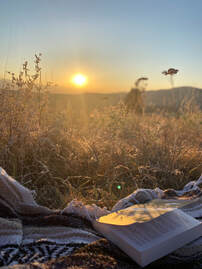 Hello! Kelli here- I wanted to take a minute to reflect on my first month at Climate Smart and to share some of the things that I’m excited to dig into over the next few months. I think it’s fair to say that my first few weeks have been a Climate Smart “sampler platter”: a little bit of energy conservation, a little bit of wildfire smoke prep, some buildings for the future work, with a side of sustainable transportation! From wrapping up Missoula Gives week to conducting background research for an EPA grant, I’ve gotten my feet wet on a myriad of different projects, programs, and initiatives – which I think is a very appropriate entry into this type of work. The Climate Smart team has so many exciting things going on- a big part of this first month has been acclimating to the full scope of where climate smart has been, where it is, and where it’s headed. One of the most exciting things about working on the CSM team is being encouraged to learn, research, and seek new and relevant climate knowledge – and being given the space and time to truly understand how it impacts our community. In just a month’s time I have become a more discerning reader and receptor of information and am starting to come to terms with the responsibility of disseminating it locally and effectively. Anyone who knows me well would say that I’ve found my people! On a daily basis I get to let my nerd flag fly and go down climate-research rabbit holes (if time allows- there are limits!) that align with my own interests and the goals of some of our bigger programs; namely sustainable design/ working to decarbonize the built environment. Along those lines, perhaps the piece I’m most excited about developing is Building(s) for the Future; an initiative originally led by Caroline Lauer who is now the Climate Resiliency Coordinator for Missoula County. At its core, it is an ambitious and exciting call to reduce the carbon footprint of Missoula’s new and existing building stock and to push our community towards achieving its 100% Clean Electricity Resolution. I’m really looking forward to fleshing out some of the next steps and contributing a fresh perspective with my background in architecture and design. As I’m settling in, I’m both excited and a bit apprehensive. Climate Change is an omnipresent issue and can easily be overwhelming. It is not even an “it”- it is a multiplicity, a force that directly relates to every single thing on earth *cue the head spinning*. But what starts making sense to me, and why I’m so excited to charge ahead at Climate Smart, is that piece by piece and bit by bit we can actually start making a tangible difference and gradually begin to right the ship, especially with the outstanding breadth of community, city, and county leadership we have here in Missoula. Looking forward to working with all of you to chart a better, smarter, more sustainable path forwards! Kelli CSM Program Director 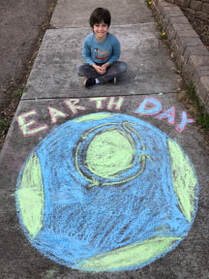 Happy Earth Day! If you're like us, this is probably not the first Earth Day greeting to arrive in your inbox today. It seems like everyone is jumping on the train, with myriad businesses and organizations suggesting things we can do (and even buy!). On one hand, it's encouraging to see all these Earth-friendly messages. Caring for our planet has never been a more urgent task, and the more that message makes its way into all corners of society, the more momentum we can build for bold action. Yet we find that too often these Earth Day messages are all about what I should do as an individual - admonitions to buy "green" products or rest easy after recycling. Especially during COVID, when we've been isolated from one another, it's tempting to really focus on individual actions that, understandably, give us some feeling of control. This Earth Day, as the light at the end of the COVID tunnel is getting brighter and we're dreaming of again gathering in person for community events and celebrations, we're reflecting on what it means to keep WE and US at the center of climate solutions:
Thank you for all the ways you take part in this movement of US, and we can't wait to see you out there. Amy, Abby and Mason & the Climate Smart Team Wildfire season is upon us and right now the pollution from wildfire smoke is part of a bigger conversation about the health risks from poor air quality. Unhealthy air can also be a determining factor in the severity of COVID-19 symptoms. This has me thinking: how can our air quality be improved? Air pollution comes from 4 major sources and while wildfires and other natural phenomena are responsible for a good portion, transportation (cars, trucks, buses, airplanes) is responsible for more than half of all the air pollution in the US. Vehicles also contribute a majority of the greenhouse gas emissions responsible for the climate crisis. Our current administration is waging a war on clean air and water regulations that protect us from pollution, a burden that disproportionately affects people of color and low-income communities. Not surprisingly, we’ve also seen that COVID-19 is having a greater impact on these communities as well. A devastating double whammy that reveals the extreme inequities at play in our country. We’ve all seen the reports that frame a recent improvement of air quality in cities and reduction in greenhouse gas emissions as a direct result of the pandemic. As people are telecommuting more, or, sadly, finding themselves ill or out of work, they are inherently spending less time in their cars. And we are all taking significantly fewer trips by plane. It shouldn’t take something as devastating as a global pandemic to make the changes we need, and it absolutely does not have to! In order to “build back better” we, ultimately, need to change a lot of things. But in terms of air quality we need stronger, not weaker, regulation of polluters, and we need reliable and affordable clean driving options. There are a wide range of transportation options to consider and I have my personal favorites: biking, walking and busing. But love having a range of active transportation options, I also understand that people often do need to drive. With that in mind, a primary way to reduce emissions is to go electric. An electric vehicle (EV) is an increasingly viable alternative to traditionally fossil-fueled cars, and there are currently 1 million of them on the road. Battery tech continues to improve, allowing us to go longer distances. EVs can be less expensive over their lifetime because maintenance costs are minimal. So why don’t we all drive one? One reason - they often need to be charged while away from home. We need to make fast-charging infrastructure as reliable as the American gas station! Cities, states, and nonprofits are working to develop fast-charging infrastructure in an effort to provide clean and affordable alternatives as well as follow through on commitments to reduce emissions. The State of New York is investing $750 million to build 50,000 charging stations and other EV infrastructure by 2025. Fifteen states plus Washington D.C formed a coalition to develop a mandate that 100% of new medium and heavy duty trucks sold are to be zero-emission vehicles by 2050. Businesses, too, are committing to climate goals and tackling transportation related emissions head on. In June of this year, LYFT announced it would be working with policymakers, partners, and drivers to shift to 100% electric vehicles on it’s platform by 2030. Electrify America (EA), a nonprofit, is working to develop the largest public fast-charging network in America, contributing to a convenient and reliable charging infrastructure at workplaces, in communities, and on highways. If you do have an EV, you can use this map to look up charging stations across the US. Charging infrastructure is expanding and becoming more reliable for longer trips. We have an EA station in Missoula at the Walmart at 3555 Mullan Road that’s open 24 hours a day. There are also two FREE public chargers with priority parking at the Parking Garage at 201 East Front Street. If you are a business owner, nonprofit director, or government agency, there are opportunities for assistance with funding a charging station. The Montana Department of Environmental Quality, via the Volkswagen emissions settlement, has funds available, and you have until August 31 to apply. There are probably more EVs in Missoula than you might realize! See what Missoulians have to say about their EV ownership: There are plenty of local and national opportunities to support and advocate for the decarbonization of our transportation sectorif transitioning to a new vehicle isn’t feasible right now.
Check engagemissoula.com to familiarize yourself with infrastructure changes and leave feedback on where our money should be invested. There are some great proposals for allocating funds towards implementing our resiliency plan, Climate Ready Missoula. Stay happy and healthy and get outside when the air is clear! Alli Longer days with more sunshine have me reflecting on my years spent in Denmark where the sun would stay up well past 11pm this time of year and never fully set. Riding my bike down to the harbor in the evening for a swim, I was flanked by hundreds of Copenhageners using the city’s extensive protected bikeway to commute home after work, pick up their kids in a cargo bike or head down to the harbor to take a dip for themselves. Even as an avid bike commuter, it was like nothing I’d ever experienced. I quickly felt like a part of the community and fell in love with the biking culture there. Any time of year the bike lanes are filled with people riding the green wave – a system of cycle traffic lights that are coordinated in such a way that if you ride ~12mph you’ll catch green lights all the way during rush hour. Copenhagen wasn’t always a cyclist’s haven and it didn’t happen overnight. A switch from being car-centric to emphasizing bikes and public transit was jump started in the 1970’s by a combination of the oil crisis and a growing environmental awareness. In an effort to relieve the stress on oil supplies, the City instituted Car Free Sundays and the Cyclist’s Federation held huge demonstrations demanding a car-free city. Planners and government agencies saw the value in transforming the city’s infrastructure and began changing policies and taking space once used for cars to build pedestrian only streets and wide, protected cycle lanes to improve safety. From 1982 – 2001 every budget had funds allocated to cycle path construction and improving existing infrastructure. Today, they have bicycle superhighways that connect 28 municipalities in the Capital Region complete with bridges dedicated solely to bike traffic, an integrated traffic light system, and ample bike parking. Bike traffic has risen by 68% in the last 20 years, over 60% of the population commutes to work and school by bike, and bikes outnumber cars. Now I’m a Missoulian and biking is my favorite way to experience this town. I wonder what it would be like if there were less cars and more people on bikes with me and how to make that dream a reality. Like Copenhagen, Missoula is making incremental changes to improve our infrastructure and foster a culture of active and sustainable commuting. Every 4 years the Metropolitan Planning Organization (MPO) establishes regional goals, projects, and investment strategies through a Long Range Transportation Plan (LRTP) update. This year they’re developing Missoula Connect 2050: Missoula LRTP based on goals established in 2016, the existing conditions of our transportation system and our feedback as community members. I’ve found Missoula Connect to be an incredibly useful tool for familiarizing myself with the sustainable transportation network in Missoula, envisioning the future, and guiding our growth as a community towards safer, more active, and more equitable transportation options. Right now, the MPO is entering phase 2 of Missoula Connect. If you took the values survey, your feedback was used by MPO planners to develop preliminary goals and desired outcomes for the future of our transportation infrastructure:
(1) Improve safety and promote health to enhance quality of life, (2) advance sustainability and climate resilience to protect natural and historic resources (3) expand mobility choices to improve efficiency and accessibility, (4) connect and strengthen communities to create a more equitable region, (5) maintain assets and invest strategically to boost economic vitality. Via a citizen advisory committee, we discussed these goals at length, working with other community organizations to ensure they reflect our call for an equitable and resilient community with improved access to sustainable transportation options. Now it’s time to make sure you feel the same. Then we’ll figure out the best ways to meet them. Can you take this short values survey to make sure your voice is heard? Another way to get involved and a major part of phase 2 is identifying specific projects like improving walkability in a neighborhood by adding a sidewalk or safer crossing, creating a bike lane, adding a bus stop to a route, expanding bus service hours, performing road maintenance, etc. You can participate using the interactive map or online form to submit project ideas by June 30th. Our page on transportation and smart growth has more information on the relationship between transportation and climate change and how we can act, advocate, and assist for a healthier and more resilient future. Happy biking! Alli Kane In wake of George Floyd’s murder and its reverberations across the country, those of us in the climate movement must speak out against racial injustice.
We haven’t spoken loudly enough - or done enough to center voices of the marginalized - in the past. We have feared going out of our “lane” and too often compartmentalize climate action as its own issue. But our silence is wrong - and is part of the problem. Black, Indigenous and other communities of color are disproportionately impacted by the coronavirus pandemic and the climate crisis. The fight for racial justice must be central to the fight for climate justice. Every day, we work to help our community cope with the impacts of the climate crisis, and to help build a safer future. In this work, we make choices about who to protect: the powerful and privileged, or the vulnerable and oppressed? We cannot stay silent about the racism and inequity that impacts these choices. Now is the time to listen to and lift up Black voices who are calling for justice, and stand in solidarity with people of color to demand an end to racial violence. At Climate Smart Missoula, we recommit to working towards a just transition that prioritizes frontline communities, centering equity in our work, and to joining with our colleagues and community partners to do the same. Climate change and structural racism are inextricably linked, and we can’t address one without the other. Abby, Caroline and Amy NOTE: We don't have all the answers. We hope you're with us. We need you and everyone to build this world. Be in touch. Please consider supporting these Montana groups doing good work: The Montana Racial Equity Project, Indian People's Action, Montana Human Rights Network Recommendations from our friends from Soft Landing Missoula: University of Montana African-American Studies Department- specifically consider donating to the Dianna Riley Fund to support the annual Black Solidarity Summit at UM. University of Montana Black Student Union- website and Facebook Empower MT and YWCA Missoula- specifically donating to support the new joint position of their Racial Justice Engagement Specialist, Alex Kim. Again, The Montana Racial Equity Project Additionally, many people from the BIPOC community around the nation have created incredible resources that they have painstakingly developed for the education of white people in this space. Figure out how you can financially support and donate to the work that you are finding value in. Resources for white people in this conversation have never been more easy to access. You can start here. |
AuthorsAbby Huseth Archives
July 2024
Categories
All
|
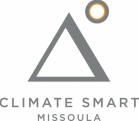
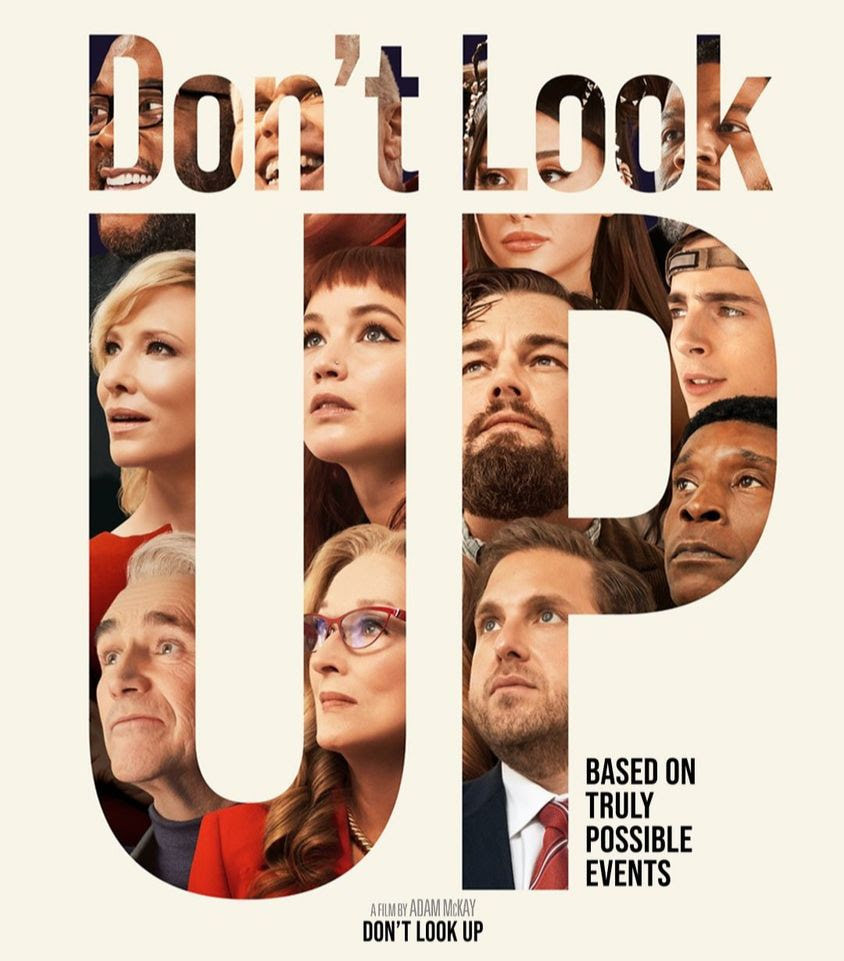
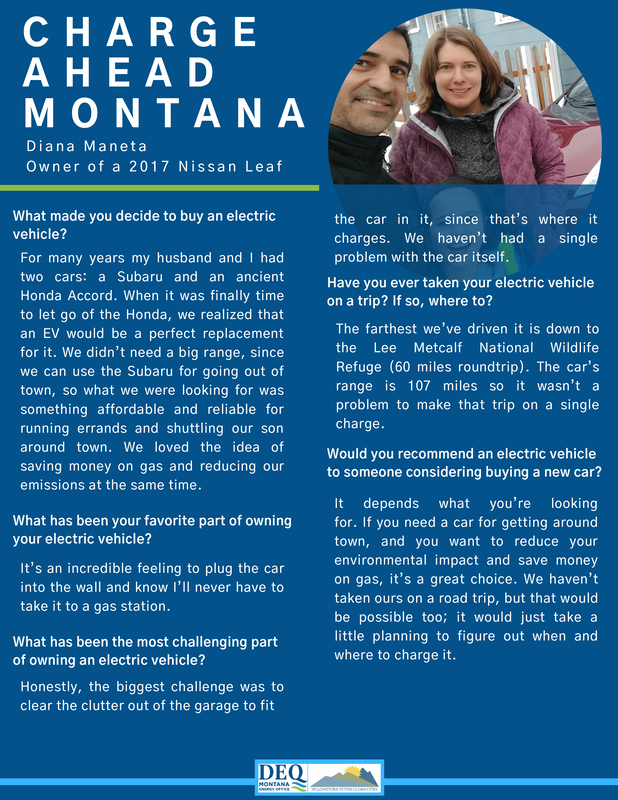
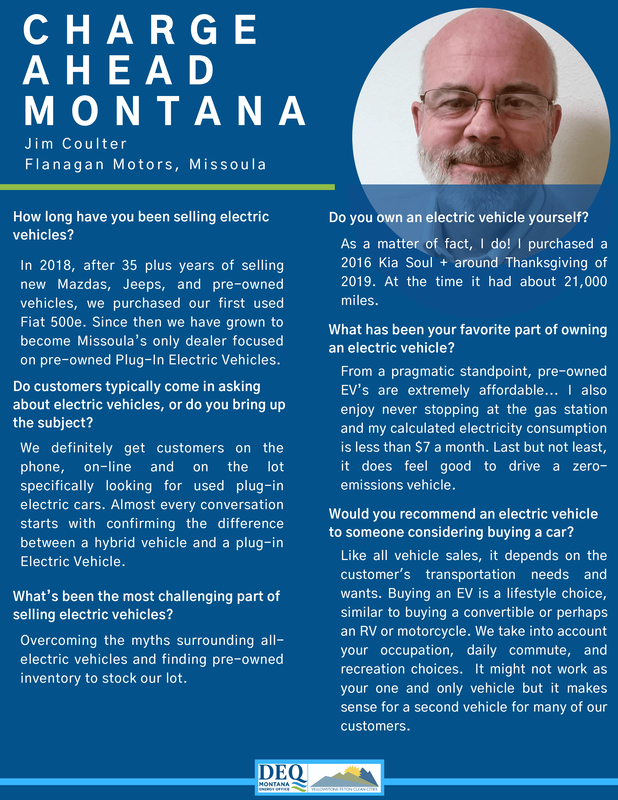
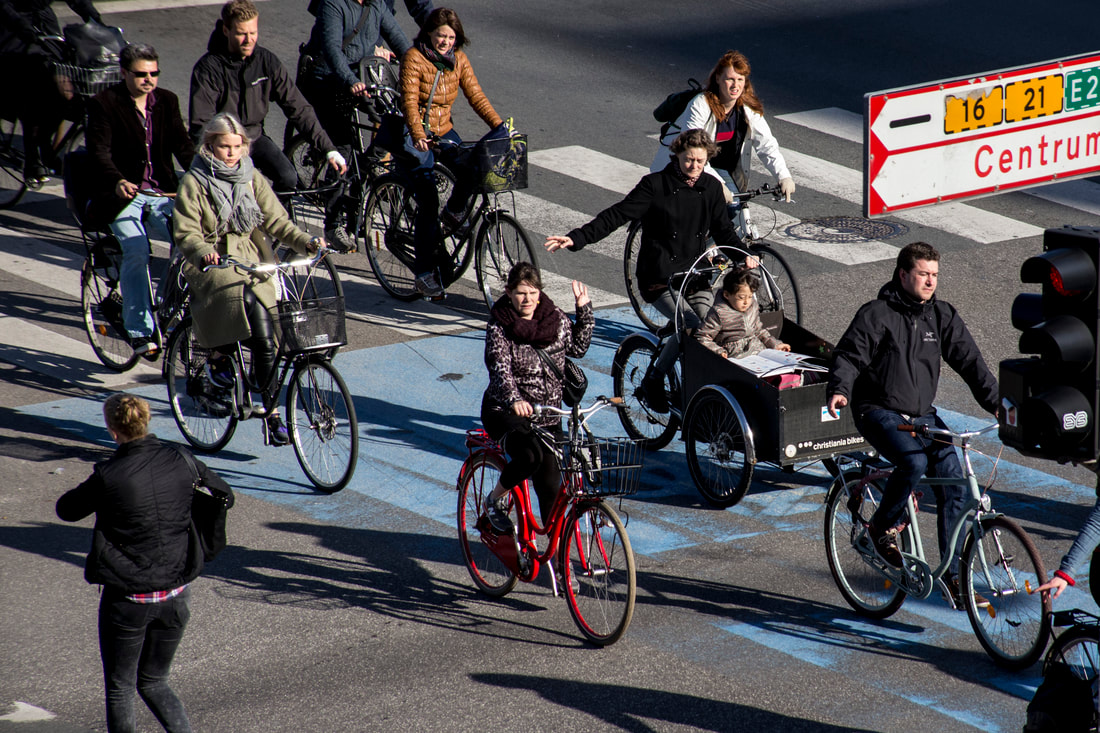
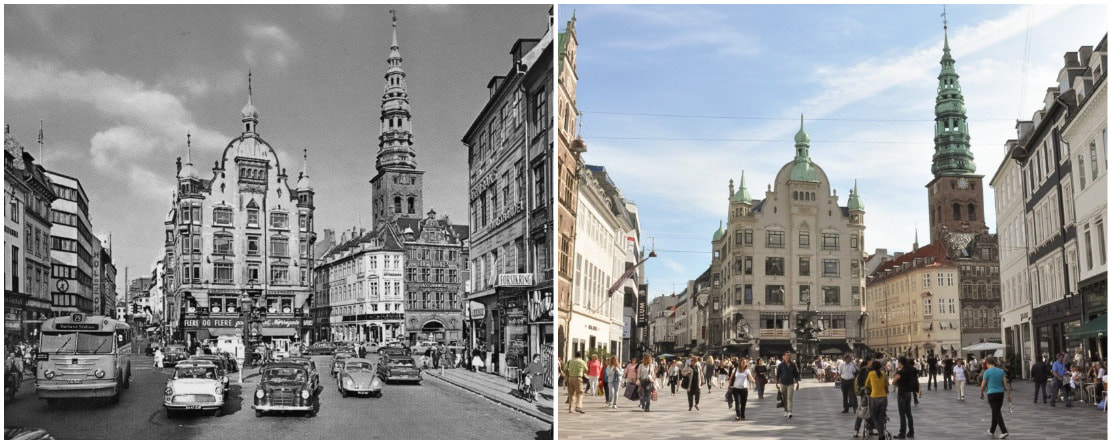
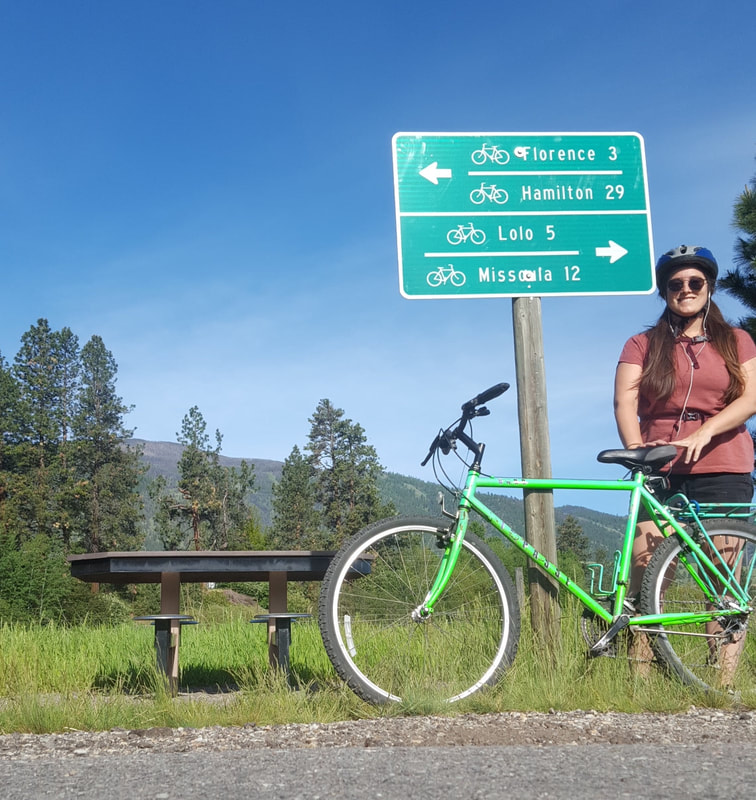
 RSS Feed
RSS Feed


